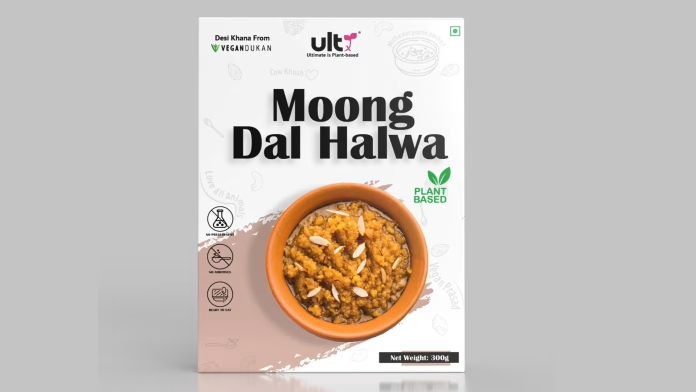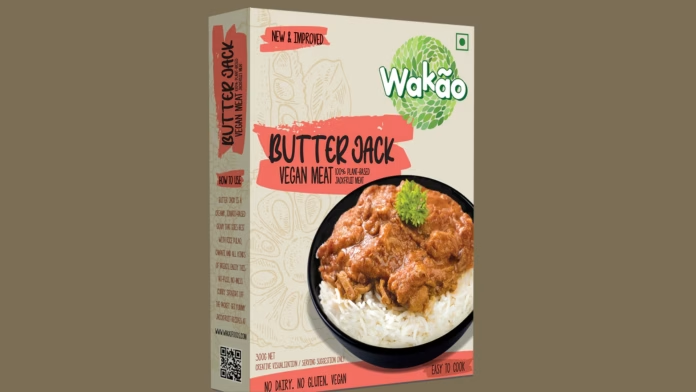In a bid to alleviate the burden on household finances following a 7.8% inflation surge in March, Portugal plans to exempt certain food products from VAT.
Portugal’s government has announced the elimination of the 6% VAT rate on 46 food categories, such as dairy, meat, and potatoes, according to a statement.
For a duration of six months, a zero VAT will be applicable to a group of “essential foods,” as stated by Prime Minister António Costa.
“The expectation is that, over the six months, inflation will evolve in a direction that will allow the withdrawal of the current measures. If not, we’ll have to sit down at the table again and see what we can do,” he added.
According to Costa, the Portuguese government collaborated with industry representatives to determine the products that would meet the criteria for the VAT reduction.
“The state has done its part, now there is other work that has to be done so that the reduction of the VAT rate has an effective impact on the lives of families,” he added.
Prime Minister António Costa said, “The Ministry of Health identified a healthy basket. After that, APED, the Portuguese Association of Distribution Companies, provided a list of the types of products most consumed by the Portuguese people. We identified 44 products. Through the debate in parliament, these categories were broadened.”
Costa stated that the government’s focus last year was primarily on managing the escalation of energy prices, and the resulting measures were deemed “highly effective.”
“Next, we witnessed a global slowdown of inflation, except for food products, a situation that has several causes,” he said.
Food items such as grains and potatoes, dairy products, legumes, vegetables, fats and oils, meat, and fish, among others, have been included in the list of products with 0% VAT. Specifically, the list encompasses bread, potatoes, pasta, rice, cow’s milk, pork, and chicken.
The Minister of Finance for Portugal, Fernando Medina, has indicated that a basket of goods worth €200 would see an average saving of €12 ($13.15).
Portugal’s Consumer Price Index recorded an inflation rate of 7.4% in March, a decrease from February’s 8.2% and March’s 8.4%.








